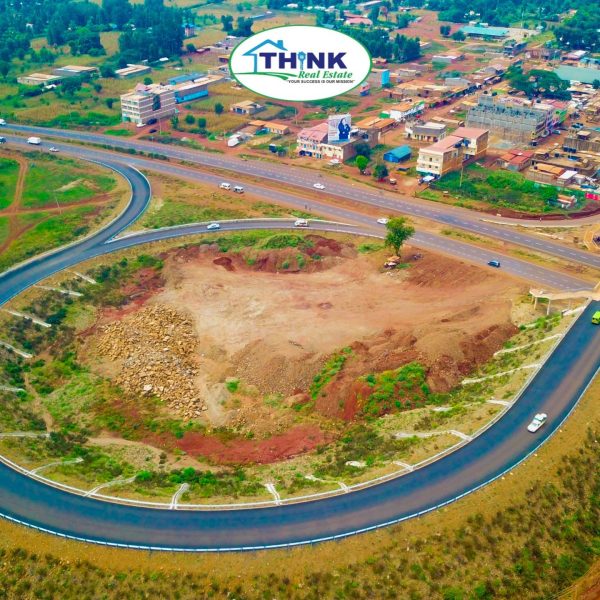Demographic trends have a significant influence on land use and development patterns. As populations evolve and societal dynamics change, so does the demand for land, which, in turn, drives how and where land is developed. Understanding these demographic shifts is crucial for developers, urban planners, and real estate investors to make informed decisions about land acquisition, use, and long-term planning. Below, we explore how key demographic trends shape land use and development.
1. Population Growth
One of the most direct impacts of demographic trends on land use is population growth. As the population increases, so does the demand for land across various sectors, including residential, commercial, and industrial. In urban areas, this can lead to more densely populated regions, requiring taller buildings, multi-use developments, and mixed-use zoning to efficiently utilize the available land. In rural areas, population growth may spur the development of new communities and infrastructure to support a growing number of people. Urban sprawl is often a result of this demand, pushing outward into suburban or rural areas to accommodate the increase in people. The need for more housing, schools, healthcare facilities, and shopping centers becomes urgent as the population rises.
2. Urbanization
Urbanization continues to be a dominant demographic trend, as more individuals migrate to cities in search of better job opportunities, amenities, and overall living standards. The increasing concentration of people in urban centers necessitates greater land for housing, infrastructure, and public services. This results in higher-density development, such as apartment complexes, mixed-use buildings, and high-rise condos. Urbanization also drives the redevelopment of brownfield sites—previously industrial or commercial lands that are repurposed for residential or mixed-use development. Infill development, which involves developing vacant or underutilized land within urban areas, becomes an essential strategy for accommodating this growing demand without expanding outward. With more people living in cities, developers are tasked with making the best use of every available piece of land, often using creative solutions like converting industrial areas or empty plots into new homes and businesses.
3. Ageing Population
As life expectancy increases and birth rates decline, many countries are experiencing an ageing population. This demographic shift impacts land use in several ways, particularly in the demand for specialized housing and healthcare facilities. There is a growing need for retirement communities, assisted living centers, and healthcare facilities like hospitals and nursing homes. Developers are increasingly looking at areas with higher proportions of older adults, ensuring that housing developments are adapted to the needs of this population, with features such as accessible homes, medical facilities, and proximity to services. Communities designed with older residents in mind may include wellness centers, green spaces, and social clubs that encourage a healthy, active lifestyle. These trends will likely drive the demand for new land to cater to these needs in suburban and even rural locations, where large plots of land may be available for such developments.
4. Changing Household Sizes
Another demographic trend influencing land use is the change in household sizes. With declining birth rates and changing family dynamics, households are becoming smaller, leading to a higher demand for smaller parcels of land. This trend can also affect housing preferences, with more individuals or smaller families opting for multi-family housing options, such as townhouses, duplexes, and condominiums. Developers are responding by creating housing solutions that cater to the needs of smaller households while maximizing land use. These smaller developments can often be built in locations with higher population density, where space is at a premium, and the demand for efficient land use is paramount.
5. Rural-Urban Migration
Rural-urban migration is another key demographic trend that has a significant impact on land use. As people move from rural to urban areas in search of better employment and living conditions, rural areas may experience surplus land availability, potentially driving down land prices in those regions. Conversely, urban areas facing high levels of migration may face a scarcity of land, pushing up land prices and intensifying competition among developers for available plots. Rural landowners may look to sell their surplus land to developers, while urban developers may focus on finding creative solutions for building in already congested cities. This trend highlights the importance of understanding migration patterns and land supply in both urban and rural areas to make informed investment decisions.
6. Tech-Savvy Population
In today’s digital age, the population’s growing reliance on technology is driving demand for specialized developments such as tech hubs, co-working spaces, and innovation districts. Younger, tech-savvy individuals are looking for land in areas with access to high-speed internet, modern infrastructure, and proximity to universities, research institutions, and industry leaders. Developers are increasingly catering to these needs by focusing on building in locations with vibrant technology ecosystems, creating spaces where innovation and entrepreneurship can thrive. These developments often require specialized zoning, mixed-use properties, and a focus on creating communities that support the needs of the modern digital workforce.
7. Environmental Concerns
As environmental awareness grows, there is an increasing demand for land to be used for conservation, green spaces, parks, and sustainable development. More people are concerned about their environmental impact, and as a result, they are prioritizing sustainability in their investment decisions. Developers are responding by incorporating sustainable design practices into land development projects, ensuring that land is used in ways that benefit the environment and the community. For instance, urban planning is increasingly focused on creating eco-friendly buildings, using renewable energy sources, and designing communities that prioritize green spaces. As people become more environmentally conscious, there will likely be an increased demand for land that supports these sustainable goals.
8. Cultural Diversity
The growing cultural diversity in many urban and suburban areas also plays a significant role in shaping land use and development. Different cultural groups have distinct preferences regarding housing types, amenities, and community spaces. Developers and urban planners must be sensitive to these preferences when designing new developments to meet the needs of diverse communities. For example, some communities may prefer multi-generational housing, while others may seek spaces for communal activities or places that reflect their cultural heritage. As communities become more diverse, developers will need to ensure that land use plans are inclusive and consider the specific needs of these groups.
Conclusion
Demographic trends have a profound impact on how land is developed and used. Population growth, urbanization, an ageing population, changing household sizes, rural-urban migration, technological advances, environmental concerns, and cultural diversity all influence the ways in which land is utilized and developed. Understanding these trends is essential for developers, investors, and urban planners who want to ensure they are meeting the needs of today’s populations while preparing for the future. By considering these demographic shifts and aligning their projects with evolving demands, developers can create sustainable, inclusive, and forward-thinking communities.







